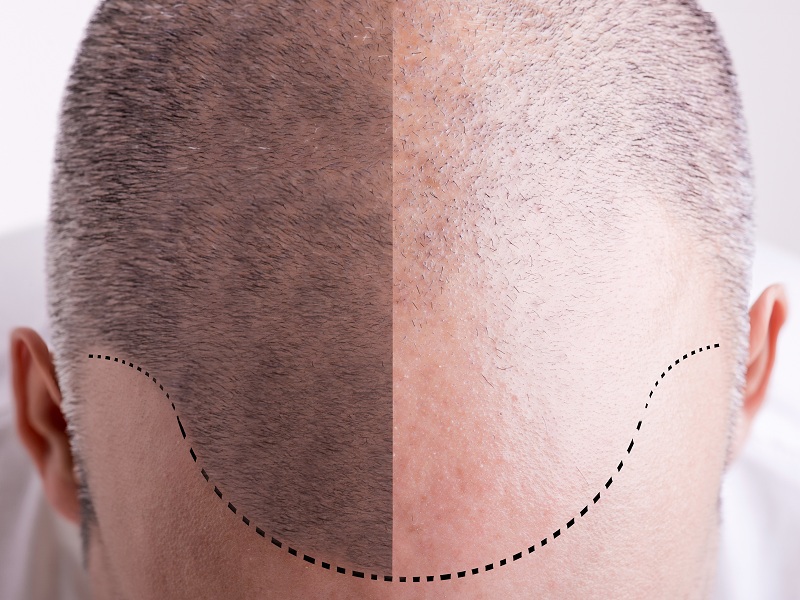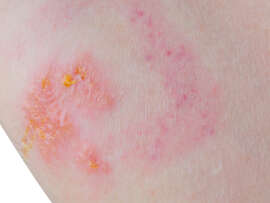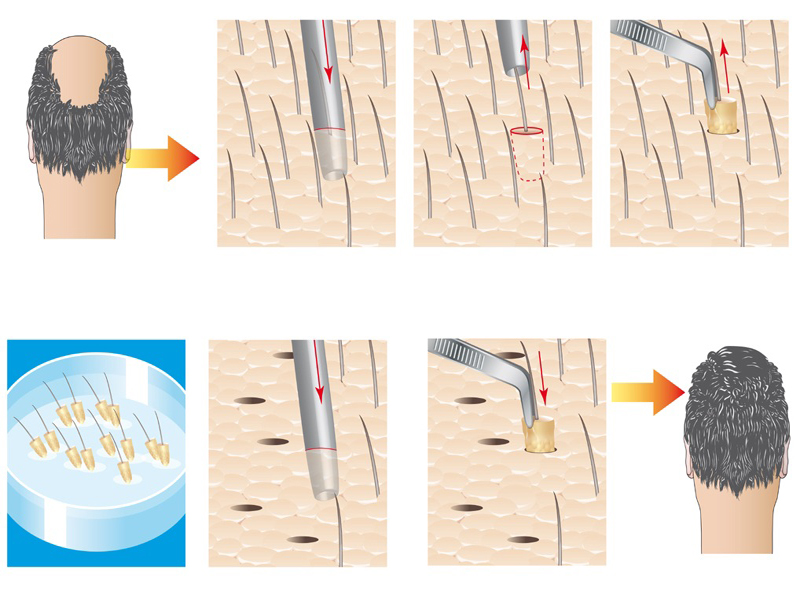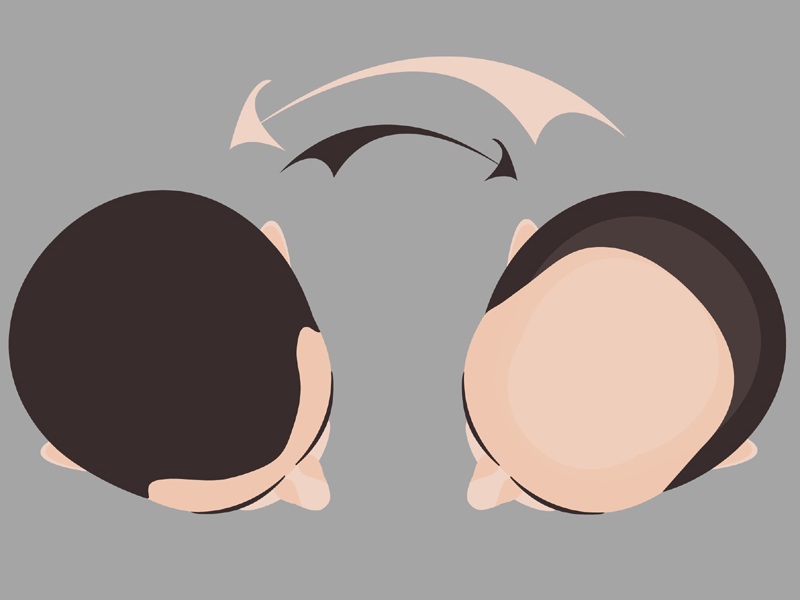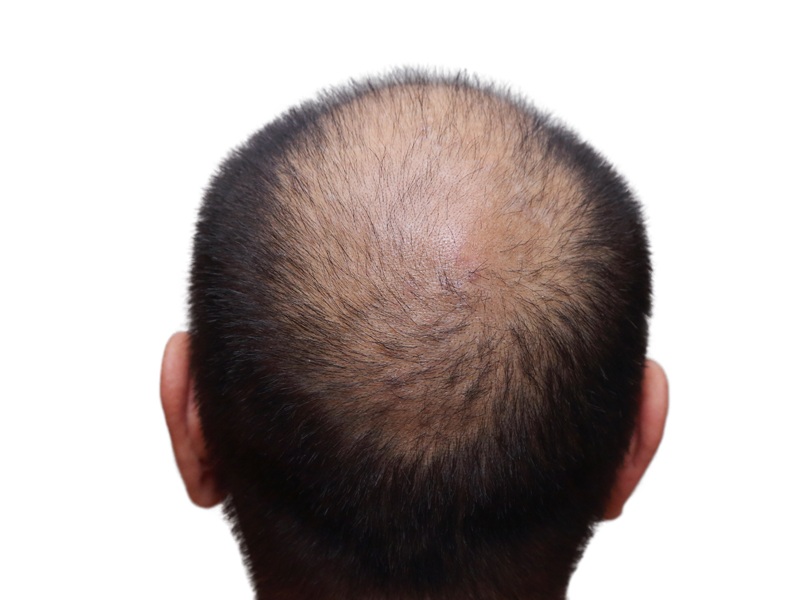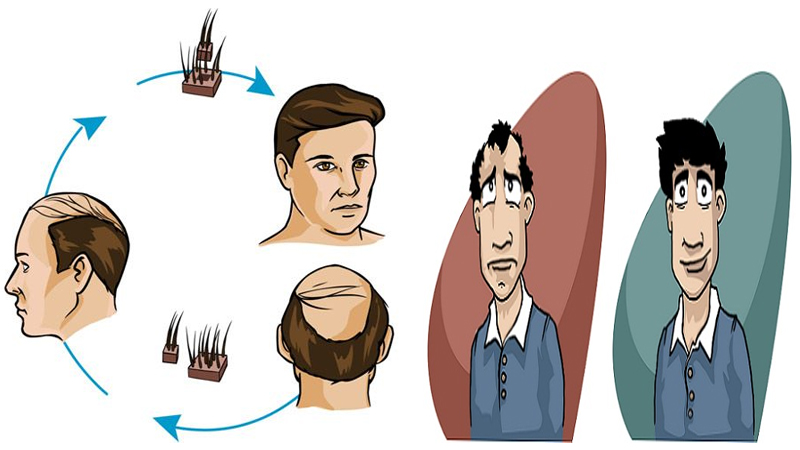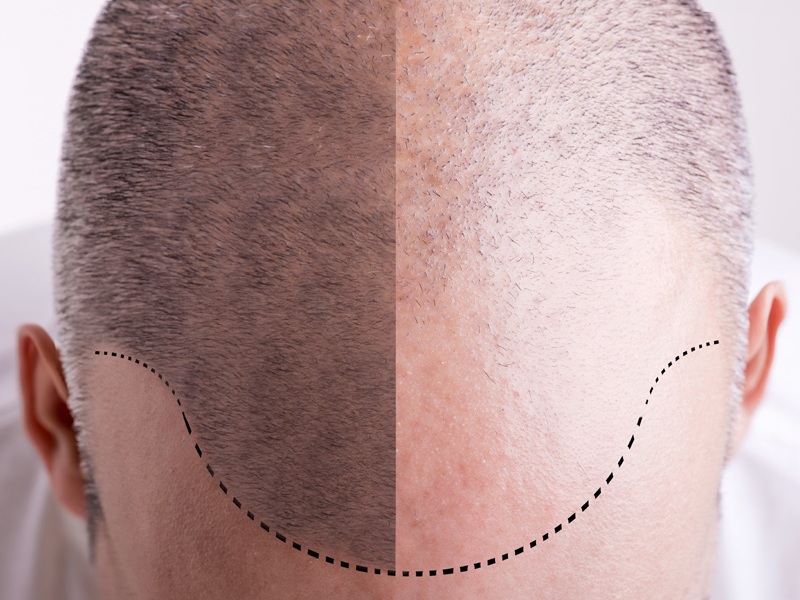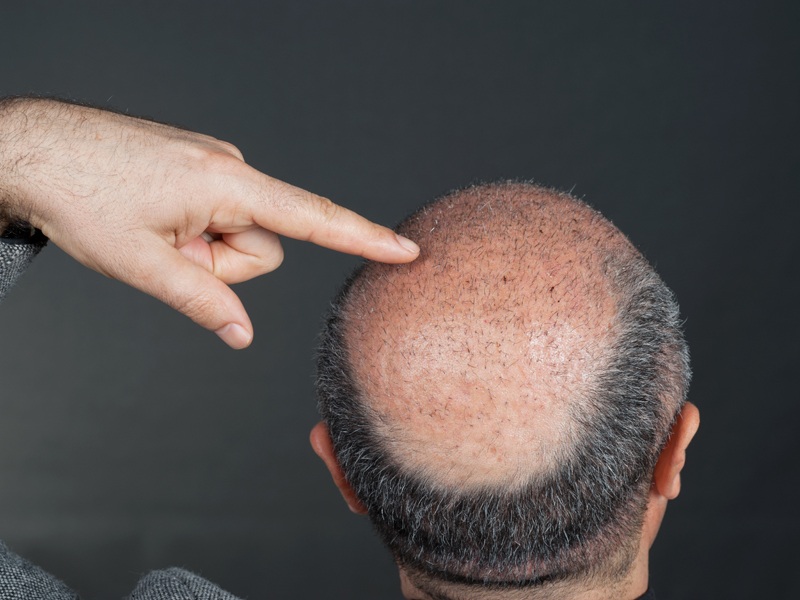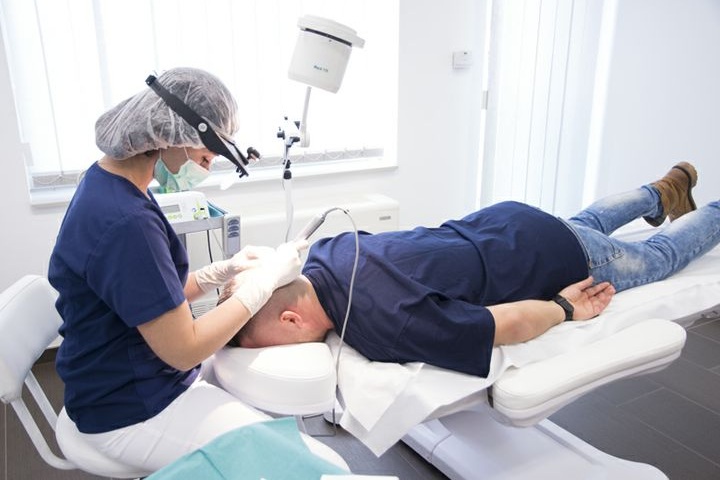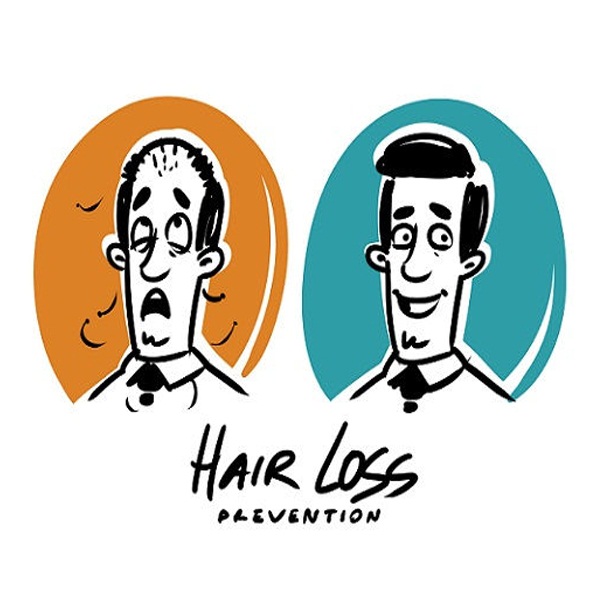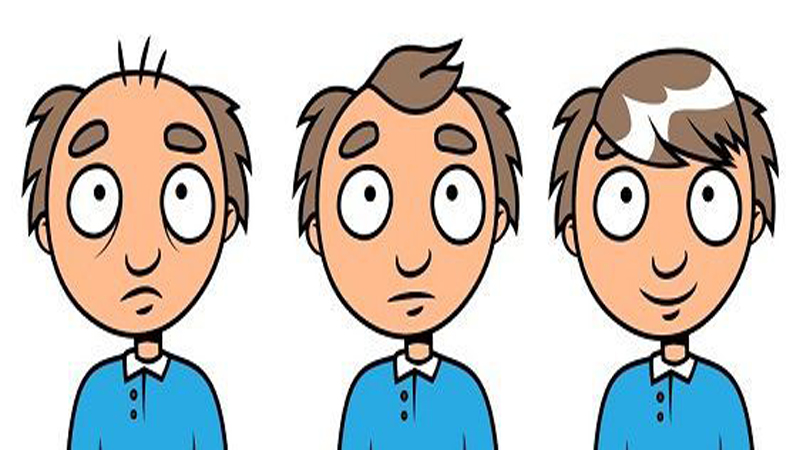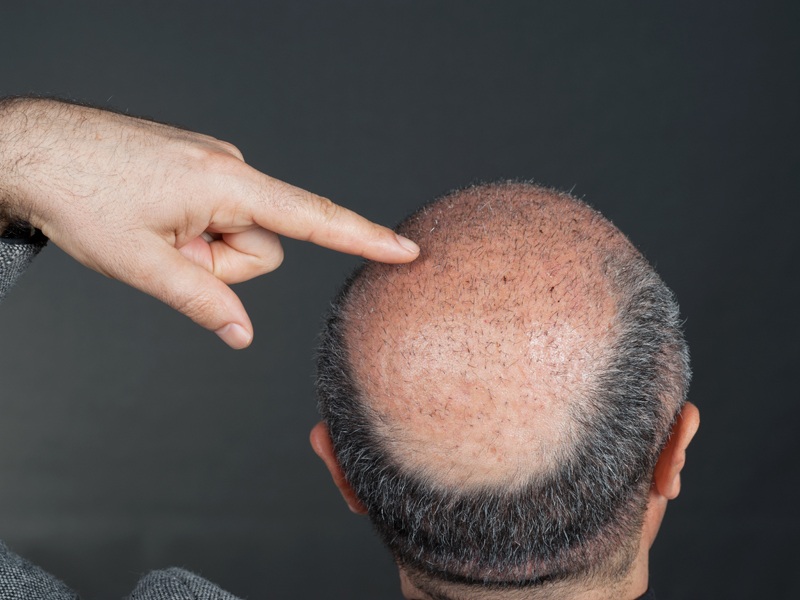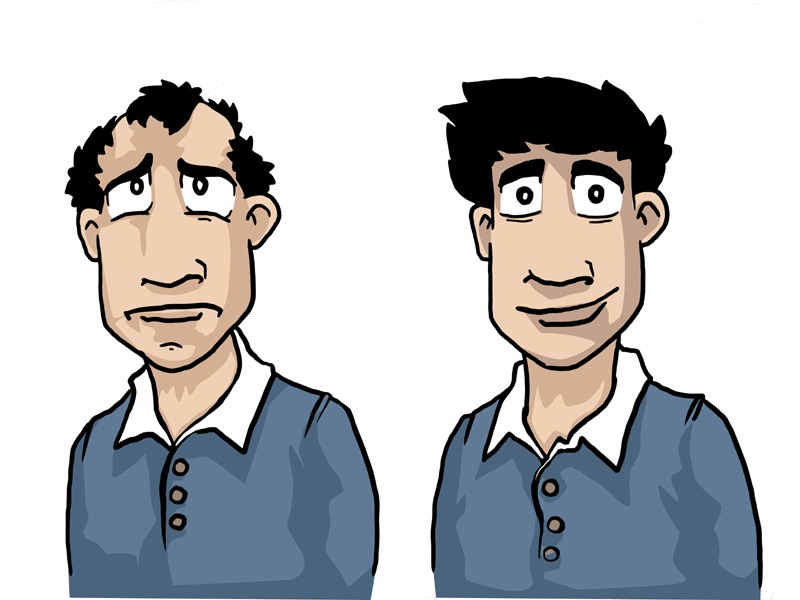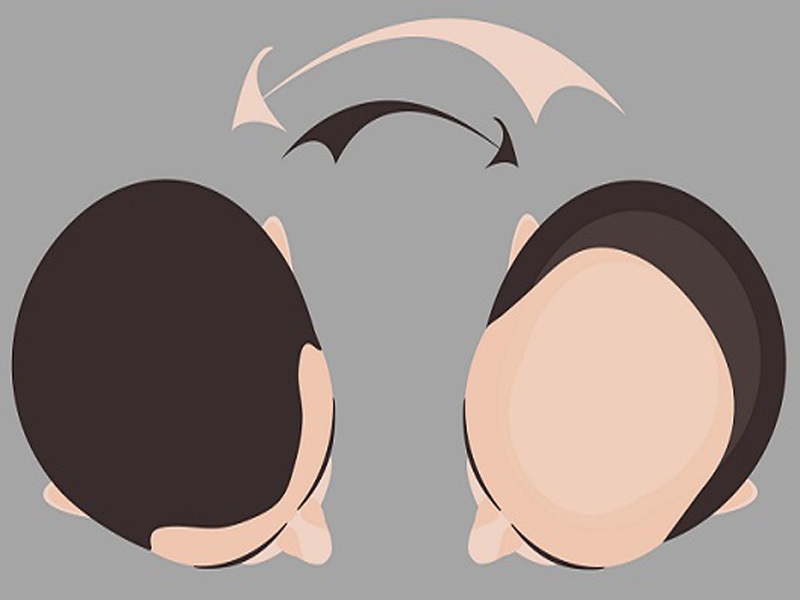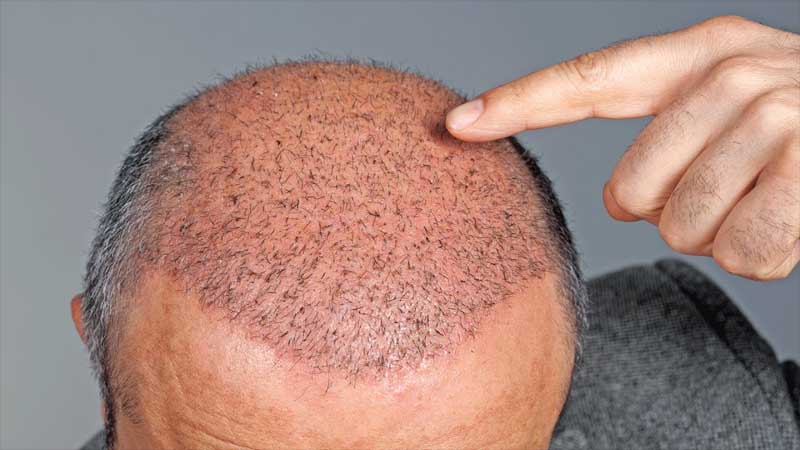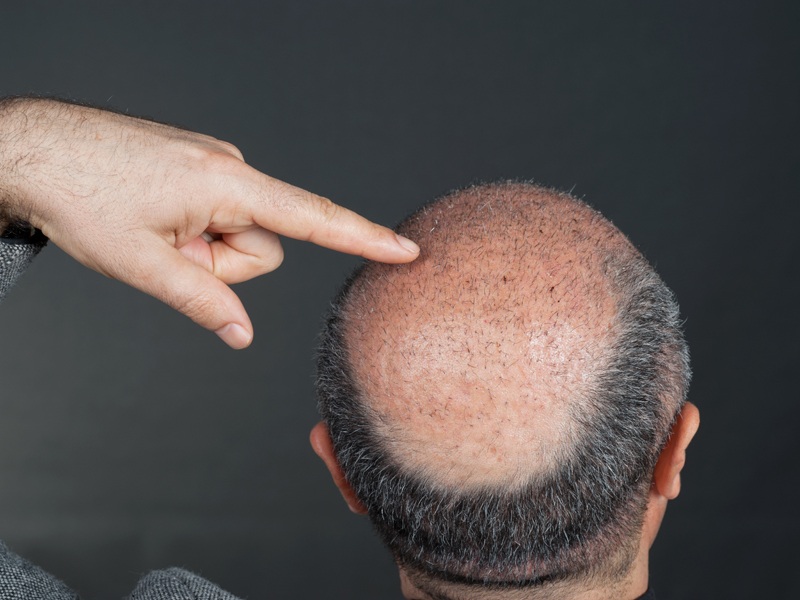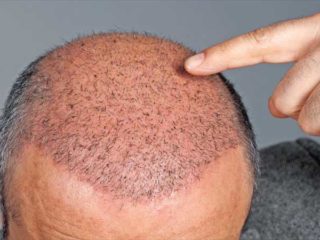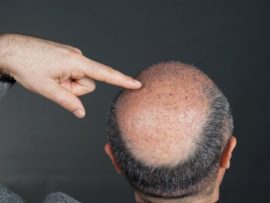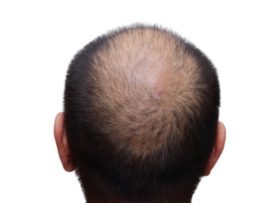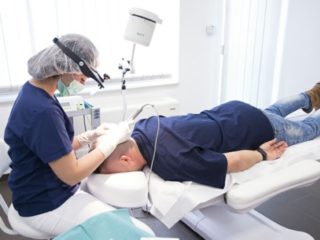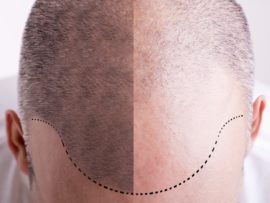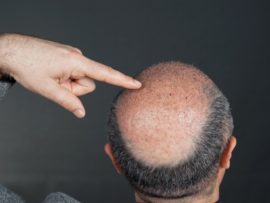Hair transplantation has become a popular procedure for men and women in recent times. Although hair thinning is natural with aging, people opt for this procedure when there is limited or no hair growth due to genetic reasons, trauma to the scalp, cosmetic reasons, or medical conditions. Although hair transplantation doesn’t stop future hair loss, it helps restore growth in the scalp efficiently, but follow-up transplants might be necessary for lasting results.
But before making a permanent decision, it is better to know all about the types of hair transplants and their side effects. Read on!
Hair Transplantation – How It Works And Types:
Hair thinning and balding are common issues for about 46 percent of men between the ages of 21 to 31 in India. Hair transplantation is done where the balding areas are grafted with hair taken, usually thicker parts of the scalp and sometimes from other parts of the body.
The doctor will recommend either of the following procedures depending on your hair growth pattern, your hair loss history, and the extent of your hair loss. The doctor will choose the best technique suited for you after evaluating the risks, your physical health, and your medical history.
Here are the two transplant methods that are generals used by surgeons:
1. Follicular Unit Extraction (FUE)
Follicular Unit Extraction is a technique where a needle is used to make tiny incisions throughout the scalp, and individual hair follicles are grafted (1). This process places several hundred thousand follicles on the scalp with precision which takes an astounding amount of skin and is time-consuming.
Depending upon the number of follicles extracted and grafted, this type of hair transplant generally takes four to five hours. It might take multiple sessions to transplant hair in this way, depending on the client’s requirements.
2. Follicular Unit Strip Surgery (FUSS)
A unit of hair is removed from the donor area or the hairier sections of your scalp in the Follicular Unit Strip Surgery, and that is why it is also called strip technique. The hair obtained will be grafted into the site to be populated with hair by dividing it into follicular units. Usually, the occipital area of the skull is used to cut this method, and stitches are used to close up the incisions.
Local anaesthetic is used to perform this procedure, and it takes 7 to 10 days post-surgery to remove the stitches. If you want to achieve a more natural and fuller look, the FUSS method is the one you should choose. Although it is a cost-effective option, the recovery time of FUSS is longer than the FUE technique.
Also Read: List of Hair Transplantation Clinics Across India
Success Rates:
Several factors should be considered, like the thickness of the person’s donor hair, skill, and surgeon’s experience for the hair transplantation to succeed. You can find a modest change in hair fullness with Hair transplantation. However, some people can opt for scalp reduction techniques, tissue expansion, or skin flap surgery to see dramatic changes.
Although more extensive research is needed, the information about the effectiveness of hair transplantation procedures is presented in smaller research articles.
A study on people who underwent FUE using beard hair was satisfied with the results at 2.9 years of an average follow-up (2).
According to the findings of another study, using platelet-rich plasma (PRP) therapy with FUE increases the success rate of FUE hair transplants, according to the results of another study (3). Compared to the non-PRP group, participants in the PRP group had rapid improvements in hair density, skin recovery, and 75% hair regrowth.
Side Effects Of Hair Transplant:
Every medical procedure has both benefits and associated side effects. Here is a list of some of the hair transplant risks and side effects you might experience.
1. Infection:
Hair transplantation needs incision and sutures, which can be an area where infections might occur. The occurrence of epidermal cysts is a possibility where occasional drainage is required (4). If the donor or the recipient has poor scalp hygiene, it can lead to localized infections.
2. Scarring:
People who undergo hair transplantation might have scarring or sterile folliculitis. Since there is a risk of scarring, it is better to speak to the surgeon before deciding on the procedure because scarring might be one of the long-term effects of a hair transplant (5).
The FUSS method involves removing a strip of the scalp which leaves a long, linear scar. Although the scar is covered with new hair, the healing scar might widen if the surrounding hair is thin.
Although the FUE method has scars from the area where the follicles are removed, compared to the wounds from FUSS, these scars are not so large.
Some people might have bumps around the transplanted area, which are well hidden once the hair grows back.
3. Inflammation:
Although rare, there is a chance of an extreme version of sterile folliculitis called Lichen planopilaris (LLP) occurring as a hair plantation side effect, which is a rare inflammatory hair disorder. This inflammatory condition replaces your hair follicles with scar-like fibrous tissue, which can lead to permanent alopecia (6).
4. Itching:
There is always a chance of itching when there is a healing scar. The transplantation site can cause itching when there is the formation of scabs, one of the adverse effects of hair transplant. After the initial days of the surgery, usually, the itching of the scalp will stop. Until the area heals, stop using minoxidil if you are using it.
5. Numbness:
The use of local anesthetic causes scalp numbness after a hair transplant, and it usually wears off gradually. But make sure you consult an experienced physician because there is a chance of numbness occurring, leading to nerve damage if inexperienced hands do the surgery.
6. Swelling:
People undergoing hair transplantation can cause swelling and edema and is pretty common. In addition, there is a chance of swelling around the forehead and eyes, making your eyes appear darker, which is one of the hair grafting side effects.
7. Pain:
Pain is yet another side effect after a hair transplant since it is an invasive surgery. If the correct dose of anesthesia is not administered, the pain can affect you during and after the surgery. You might also feel a stretching sensation during the post-operative recovery.
8. Bleeding:
There are bound to be cut, whether you choose FUE or FUSS. Although the doctor makes sure to maintain the bleeding to be as minimal as possible, some people’s post-operative recovery time might involve bleeding.
Also Read: Best Clinics For Hair Transplant In Mumbai
Summary:
Hair transplantation is a convenient solution to cover up the bald areas of your scalp, but it is a decision that should be made after consulting your doctor. There are other hair growth treatments available if you are not an ideal candidate for a hair transplant. To work and sustain your hair, you must consume nutritious food and maintain a healthy lifestyle.


